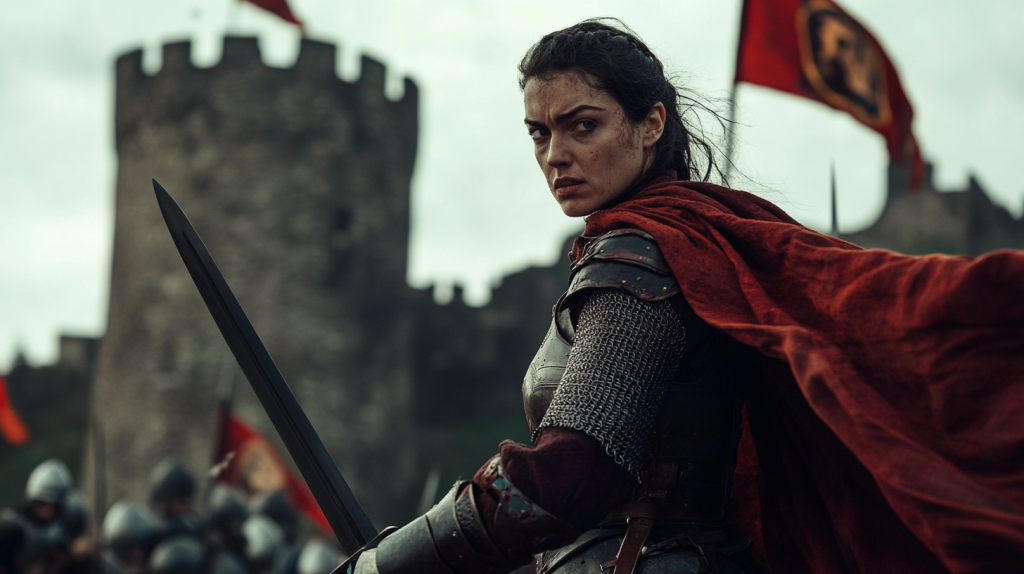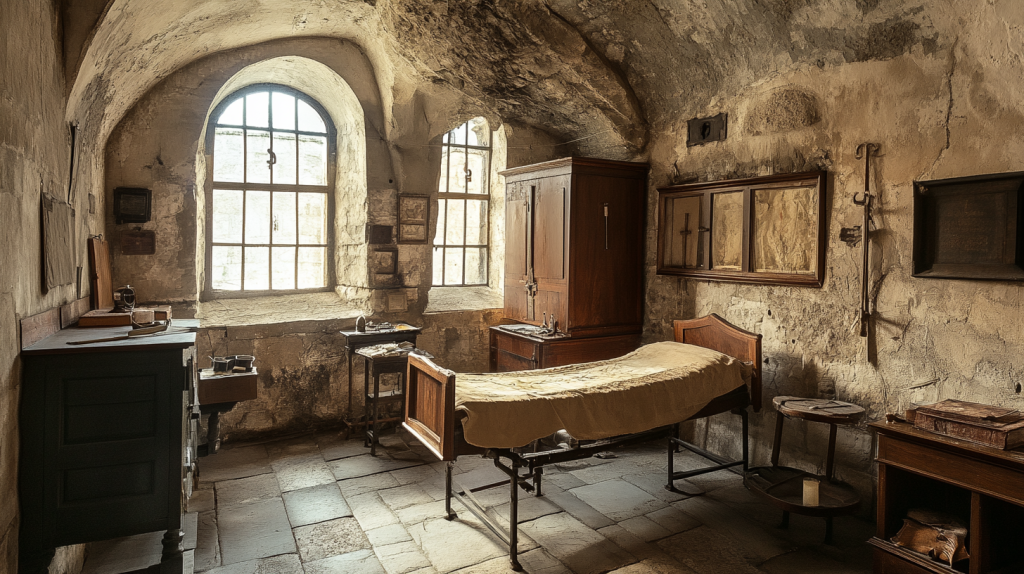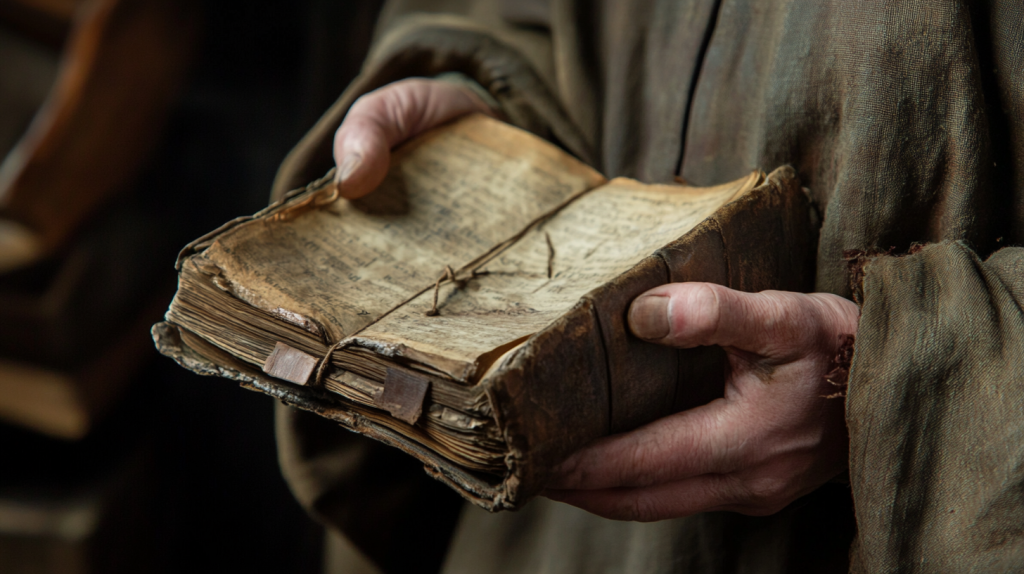As much as I love “Game of Thrones” for its drama, dragons, and political intrigue, it isn’t exactly a history lesson. Despite taking inspiration from the Middle Ages, the show gets a lot of the finer details about medieval life completely wrong. Now, I get it—fantasy is meant to stretch the truth for the sake of storytelling, but when you look at how people really lived in the medieval era, some of the show’s creative decisions stand out as, well, pretty inaccurate. Let’s break down some key things that “Game of Thrones” got wrong about medieval life that might surprise you.
1. Women’s Roles Were Far More Complex

In “Game of Thrones,” many women are often seen as either pawns of powerful men or outright victims of the system. While there were definitely challenges for women in the Middle Ages, they held more influence than the show suggests. Noblewomen could own land, manage estates, and even defend castles. Some women even ruled kingdoms in their own right, like Eleanor of Aquitaine.
2. Castles Were More Than Just Dark, Cold Fortresses

In the show, castles are often shown as gloomy, drafty, and not particularly comfortable. But in reality, medieval castles were much more hospitable. They were designed for defense, sure, but they were also homes. Castles had tapestries and fireplaces to keep them warm, colourful decor to brighten up rooms, and servants to keep things relatively clean and comfortable.
3. Battles Were Less Frequent Than You’d Think

“Game of Thrones” is packed with epic battles, but medieval life wasn’t quite that action-packed. While wars certainly happened, they were expensive and risky, so rulers generally avoided them unless absolutely necessary. Many disputes were settled through negotiations, marriages, or other less violent means. Warfare was more about small skirmishes and sieges than constant bloodshed.
4. The Peasants Had More Rights Than You Might Expect

The show portrays peasants as living in miserable conditions, completely subjugated by lords with no say in anything. In reality, peasants had certain rights, such as the ability to own property, farm their land, and even bring grievances to court. Some even formed communities with local councils to govern themselves on a smaller scale.
5. Everyone Wasn’t Always Filthy and Covered in Mud

“Game of Thrones” often shows characters covered in grime, living in what looks like perpetual filth. While hygiene wasn’t at modern standards, medieval people were much more conscious of cleanliness than the show suggests. Bathhouses were common, and people regularly washed their hands, faces, and even clothes. Nobles especially were known to take baths as part of their daily routines.
6. Trials Were Not Decided by Combat

Trial by combat makes for intense TV drama, but it wasn’t the go-to legal method in medieval times. Most legal disputes were settled by more traditional means—courts, witnesses, and written law. While trial by combat did exist, it was rare and often avoided because of the unpredictability and high stakes involved.
7. Medicine Wasn’t Entirely Primitive

The show portrays medieval medicine as almost hopeless, with crude methods and little understanding of the body. In reality, medieval medicine was more advanced than “Game of Thrones” lets on. Medieval physicians understood the importance of hygiene, herbal remedies, and surgery, even if their techniques seem primitive by today’s standards. There were even hospitals and medical schools in major cities.
8. Marriage Wasn’t Always About Love or Power

In “Game of Thrones,” marriages are often portrayed as strategic moves for power. While arranged marriages were common, love and personal preference did play a role in many unions. Some nobles married for affection, and peasants had more freedom to choose their partners. Marriage wasn’t solely about power; it also created important social and economic bonds.
9. The Feasts Weren’t Always So Extravagant

The lavish banquets in “Game of Thrones” are impressive, but they exaggerate medieval life. While the nobility did enjoy feasts, they weren’t held all the time. Daily meals were much simpler, even for the wealthy—bread, cheese, and soups were common staples. Huge banquets were reserved for special occasions, and even then, they weren’t quite as decadent as the show suggests.
10. Slavery Wasn’t as Common in Europe

“Game of Thrones” features slavery prominently, especially in places like Essos, but in medieval Europe, slavery was largely uncommon by the High Middle Ages. While forced labour existed, many workers were serfs, tied to the land but not bought and sold like slaves. By the 11th century, most European societies had moved away from large-scale slavery.
11. There Were No Magic-Filled Religions

Religious figures in “Game of Thrones” have the ability to perform magic—like the Red Priests bringing people back from the dead. In medieval Europe, religion was deeply influential, but the miracles were more metaphorical or symbolic. While mysticism did exist, actual magic was seen as heresy, and belief systems were grounded in scripture, not supernatural power.
12. Soldiers Weren’t Always So Loyal

In “Game of Thrones,” soldiers are often shown as fiercely loyal to their lords, ready to die at a moment’s notice. However, in the real Middle Ages, loyalty wasn’t guaranteed. Armies were often made up of mercenaries who fought for whoever paid the most. Even noble soldiers weren’t always dependable—desertions and betrayals were quite common.
13. Tournaments Were Less Brutal

The jousts and tournaments in the show are violent affairs where knights frequently end up dead or maimed. In reality, tournaments were more controlled events with strict rules to avoid serious injury. While accidents did happen, most knights were expected to survive the event and continue on with their duties. It was more about showing off skill and honour than outright violence.
14. Dragons Wouldn’t Work Like That

Okay, so dragons are pure fantasy, but let’s talk physics. In the show, dragons fly with ease and spew fire at will, but their size and weight would make flight nearly impossible with the wings they have. Also, breathing fire would require an internal combustion process that would be biologically unfeasible. So, while they’re awesome to watch, real biology wouldn’t let them exist.
15. No Ice Zombies

We have to address the White Walkers. While medieval Europe had its share of supernatural folklore, ice zombies were not part of it. Stories of the undead were more rooted in the fear of ghosts or reanimated corpses, not frost-covered armies from the north. The White Walkers are a fantastic creation, but they don’t have any basis in medieval mythology.
16. Medieval Society Wasn’t as Grim as It Seems

“Game of Thrones” paints a picture of an incredibly bleak, harsh world where everyone is suffering. In reality, medieval life had its share of hardships, but there were also festivals, celebrations, and a sense of community. People enjoyed music, art, and gatherings, and life wasn’t just about war and survival. The medieval world had joy and vibrancy, not just darkness.
18 Everyday Things Amish Women Aren’t Allowed to Do

The Amish culture is known for its simple way of life and adherence to traditional values. While this lifestyle may seem appealing to some, there are certain restrictions that Amish women face that most modern women do not. Take a look at these things that we take for granted that are off-limits to Amish women.
Read More: 18 Everyday Things Amish Women Aren’t Allowed to Do
Ellen has been obsessed with logic puzzles, jigsaws, and cryptograms since she was a kid. After learning she was taught how to play chess wrong by a family friend (so they could win), she joined her school chess club and the rest is history.



So apparently the so-called dark ages weren’t as dark as people would have you believe.